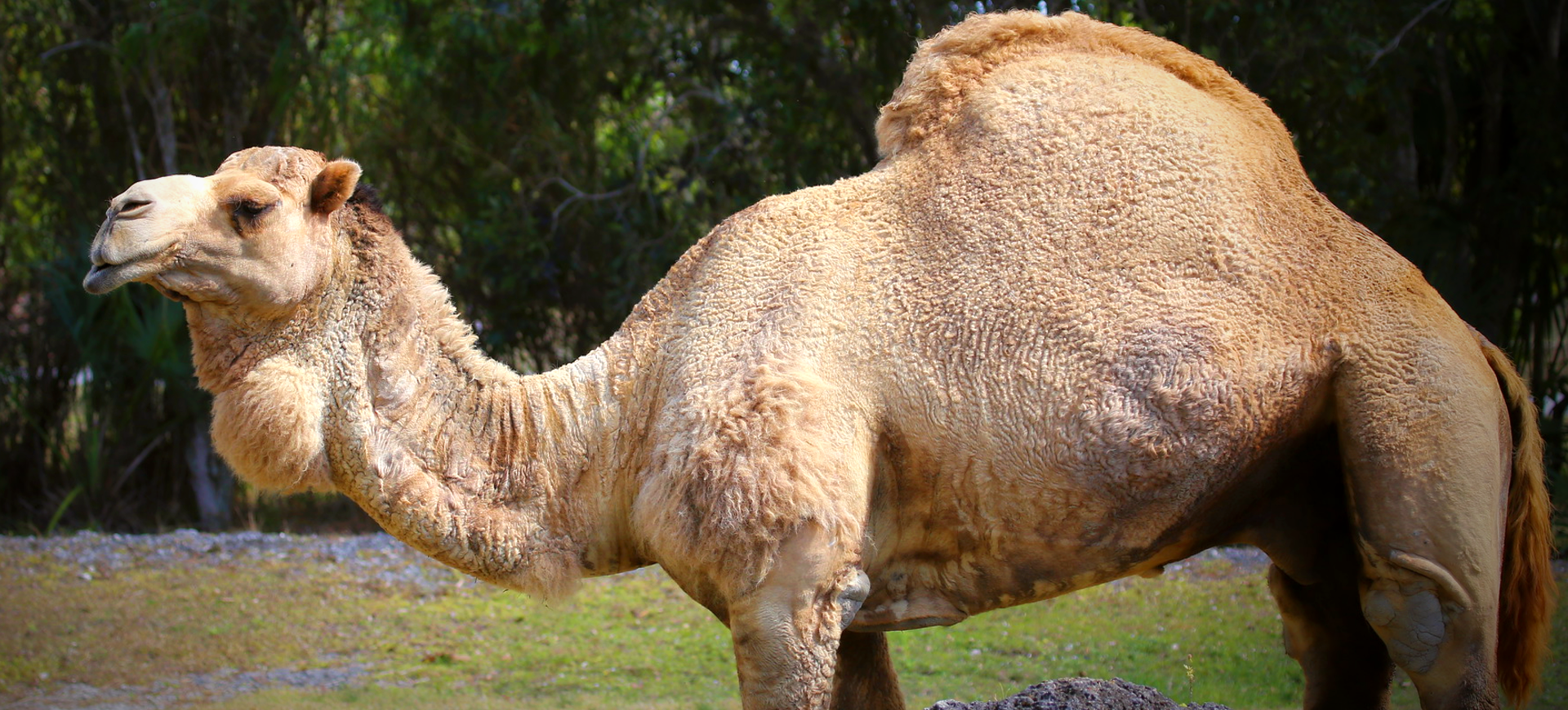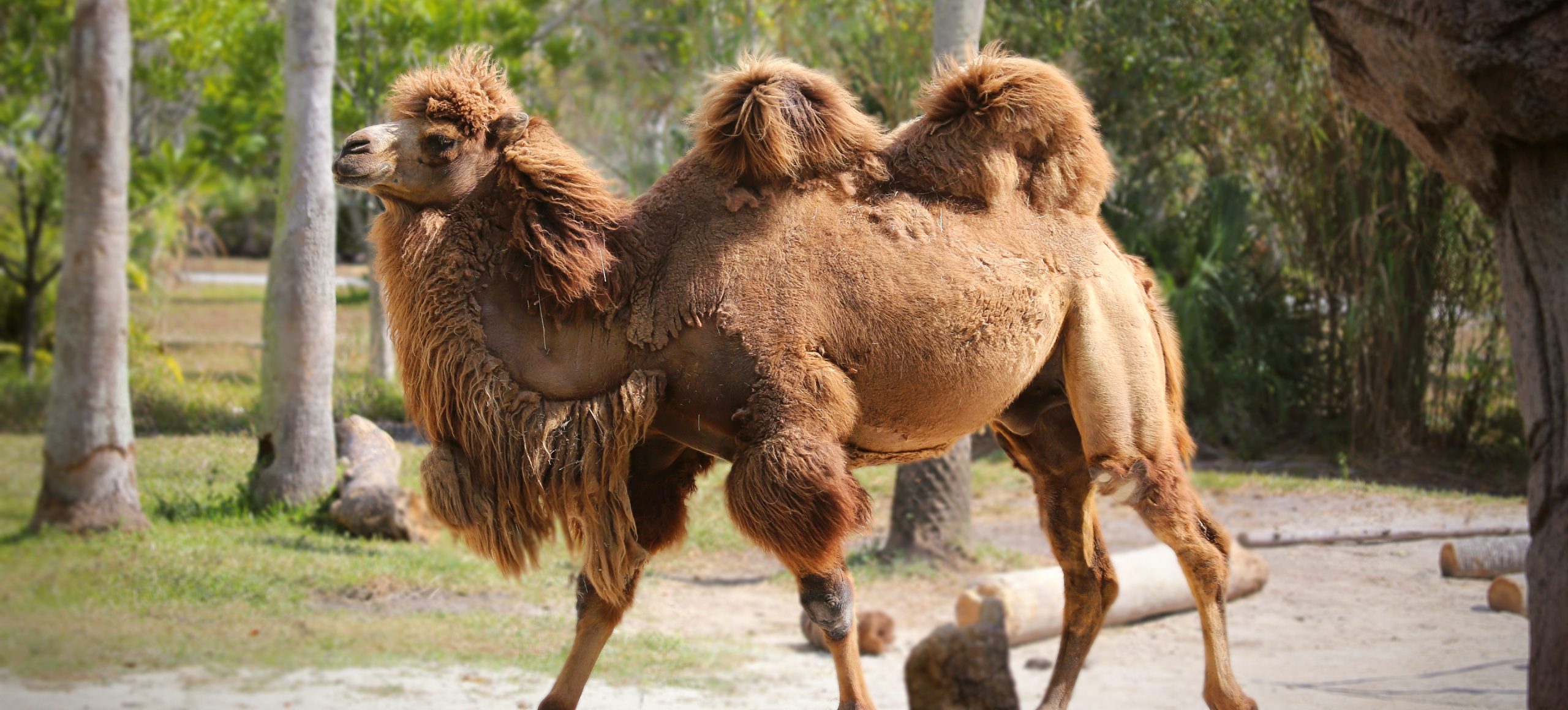Overview
Llamas, scientifically known as Lama glama, are domesticated South American camelids. They are widely recognized for their wooly fur, long necks, and distinct facial features, including large, expressive eyes and elongated ears. Llamas have been used by Andean cultures since pre-Columbian times, primarily for carrying loads but also for their meat, wool, and as companions. These intelligent and social animals are well adapted to harsh environments, thriving in the high altitudes of the Andes Mountains.
Llamas are characterized by their calm and gentle demeanor, making them excellent pack animals and companions. They are known for their ability to trek long distances over rugged terrain while carrying heavy loads. Llamas communicate through ear movements, body postures, and vocalizations, including humming. They are also known for their unique behavior of spitting when threatened or annoyed.
In the modern world, llamas have gained popularity beyond their traditional uses. They are now kept for various purposes, including as therapy animals, in petting zoos, and for their fine, hypoallergenic wool. Their adaptability to various climates and environments has allowed them to be domesticated in many parts of the world outside their native South American habitat.
Taxonomy
Kingdom
Phylum
Class
Order
Family
Genus
Species
Type
RANGE
Current distribution:
While llamas are primarily domesticated animals, wild relatives, such as the guanaco and vicuña, are found in the Andes Mountains. The distribution of llamas in the wild is now limited due to their long history of domestication. However, some feral populations of llamas exist, originating from escaped or released domesticated individuals. These feral llamas are often found in environments similar to those of their wild ancestors.
In modern times, llamas have been introduced to many regions outside South America, including North America, Europe, Australia, and New Zealand. Llamas are kept mainly for their wool, as pack animals, and as pets in these areas. While not native to these regions, llamas have adapted well to various climates and environments globally.
Physical Description:
Llamas have a distinctive physical appearance: a long neck, large ears, and a short tail. Their body is covered with a dense wooly coat, varying in color from white and black to brown and gray. They have a sturdy build, strong, arched neck and a small, wedge-shaped head. Llamas have unique, banana-shaped ears often used to indicate their mood.
Adult llamas typically stand about 5.5 to 6 feet tall at the top of the head. They have a body length of about 5.6 to 6 feet and a relatively small head compared to their body size. Males are generally larger and more muscular than females, with more prominent features. Their wool is a valuable resource and is sheared annually to make various textile products.

Lifespan: Captivity: ~30 Years

Weight: Male: 250-450 lbs (113-204 kg) || Female: 200-350 lbs (91-159 kg)

Length: Male: 68-72 inches (173-183 cm) || Female: 66-70 inches (168-178 cm)

Height: Male: 47-53 inches (119-135 cm) || Female: 44-50 inches (112-127 cm)

Top Speed: 35 mph (56 km/h)
Characteristic:
Native Habitat:
Llamas are native to the Andean highlands of South America, particularly in Peru, Bolivia, Ecuador, Chile, and Argentina. Their natural habitat includes the high-altitude regions of the Andes, where the environment is characterized by sparse vegetation, rugged terrain, and extreme temperatures. Llamas have evolved to be highly adapted to these harsh conditions, developing thick wool to protect against cold and a specialized digestive system to maximize nutrient intake.
The natural habitat of llamas also includes mountainous grasslands and shrublands. They are often found in areas where other large mammals may struggle to survive, thanks to their remarkable adaptation to low-oxygen environments at high altitudes. Llamas are social animals and typically live in herds, which helps them to navigate the challenges of their native habitat.
Climate Zones:
Biomes:
Biogeographical Realms:
Continents:
Countries:
Diet:
Diet & Feeding Habits:
Llamas are herbivorous, primarily feeding on grasses, herbs, and other vegetation. In the wild, they graze on the sparse vegetation available in the mountainous regions of the Andes. Llamas have a unique, efficient digestive system that allows them to thrive on low-quality forage. Their eating habits are well adapted to their native environments, where food sources are often scarce. In captivity, llamas are usually fed a diet of hay, grass, and specially formulated pellets that provide the necessary nutrients.
They are known for being efficient eaters, requiring less food per body weight than other grazing animals. Llamas also need constant clean water, especially when their diet consists mainly of dry food. They have a split upper lip, which helps them grasp and eat various plant materials.
Mating Behavior:
Mating Description:
Llamas are induced ovulators, meaning ovulation occurs as a result of mating. The mating season for llamas is not strictly defined and can occur at any time of the year. However, breeders often strategically plan breeding to avoid birthing during extreme weather conditions. Mating typically involves a male pursuing a female until she accepts him, followed by a unique mating posture known as “Cushing,” where both animals lie down.
Gestation in llamas lasts approximately 11.5 months, resulting in the birth of a single offspring, known as a cria. Llamas are attentive and protective mothers, and the cria can stand and walk shortly after birth. The young are weaned at about six months of age. Llamas reach sexual maturity at around two to three years of age, although they are sometimes not bred until they are older to ensure full physical development.
Reproduction Season:
Birth Type:
Pregnancy Duration:
Female Name:
Male Name:
Baby Name:
Social Structure Description:
Llamas are social animals that naturally live in small groups or herds. There is typically a hierarchical structure in these groups, with a dominant male and several females and their offspring. This social structure plays a crucial role in their behavior and interactions, including mating, feeding, and defending against predators.
In their natural environment, llamas use a range of vocalizations and body language to communicate with each other. This communication is essential for maintaining social bonds, establishing dominance, coordinating activities such as grazing and alerting the group to potential threats. Llamas are also known for their protective behavior, especially mothers with young crias.
Groups:
Conservation Status:
Population Trend:
The population of llamas is difficult to quantify accurately due to their widespread domestication and use in various parts of the world. In their native South American countries, llamas are still integral to rural and agricultural communities. They are bred and raised for their wool, meat, and ability to transport goods across difficult terrain. Llamas play a significant role in local economies and cultural practices in these regions.
Outside of South America, the llama population has been growing due to their popularity as pets, therapy animals, and attractions in zoos and wildlife parks. Llamas are often bred for specific traits, such as temperament and wool quality, in these areas. The global interest in llamas has contributed to a diverse and growing population in various countries.
Population Threats:
The primary threats to llamas include habitat loss and overexploitation for their meat and wool, particularly in their native Andean regions. As human populations expand and land use changes, the natural habitats of wild camelids, closely related to domesticated llamas, are increasingly under threat. This indirectly affects the genetic diversity of the domestic llama population, as these wild relatives are potential sources of genetic variation.
Both endemic and introduced diseases pose a significant risk to llama populations. This includes illnesses that are transmissible between llamas and other domestic animals and those that can be passed to wildlife. Additionally, as llamas become more popular globally, there is a risk of inbreeding in smaller, isolated populations, decreasing genetic diversity and increasing susceptibility to diseases.
Conservation Efforts:
Conservation efforts for llamas are largely focused on sustainable management and breeding practices, given their status as domesticated animals. Various organizations and breed associations are dedicated to preserving the genetic diversity of llamas and promoting responsible breeding programs. These efforts include maintaining studbooks, encouraging the breeding of llamas with diverse genetic backgrounds, and educating owners and breeders about proper care and management.
In their native Andean regions, initiatives promote the sustainable use of llamas in agriculture and tourism, aiming to benefit local communities while conserving the environment. These projects often involve collaborating with local communities, governments, and international organizations. They focus on integrating traditional knowledge with modern practices to ensure the welfare of the animals and the sustainability of the industries they support.
Additional Resources:
Fun Facts
- Llamas have two-toed feet with tough, leathery pads, which help them navigate rocky mountain terrain.
- Llamas can spit up to 10 feet as a defense mechanism or to show dominance.
- Their wool is lanolin-free, making it hypoallergenic and highly prized for textiles.
- Llamas are very intelligent and can learn simple tasks after a few repetitions.
- In addition to vocalizations, llamas communicate through a series of tail, ear, and body postures.
- They have an excellent sense of sight, smell, and hearing, which helps them detect predators.
- Llamas’ ancestors are believed to have originated in the central plains of North America about 40 million years ago.
- They were domesticated in the Andean Highlands around 4,000-5,000 years ago.
- Llamas play a role in Andean folklore and mythology, often symbolizing strength and perseverance.
- The Incas considered llamas sacred and often used in ritual offerings.












